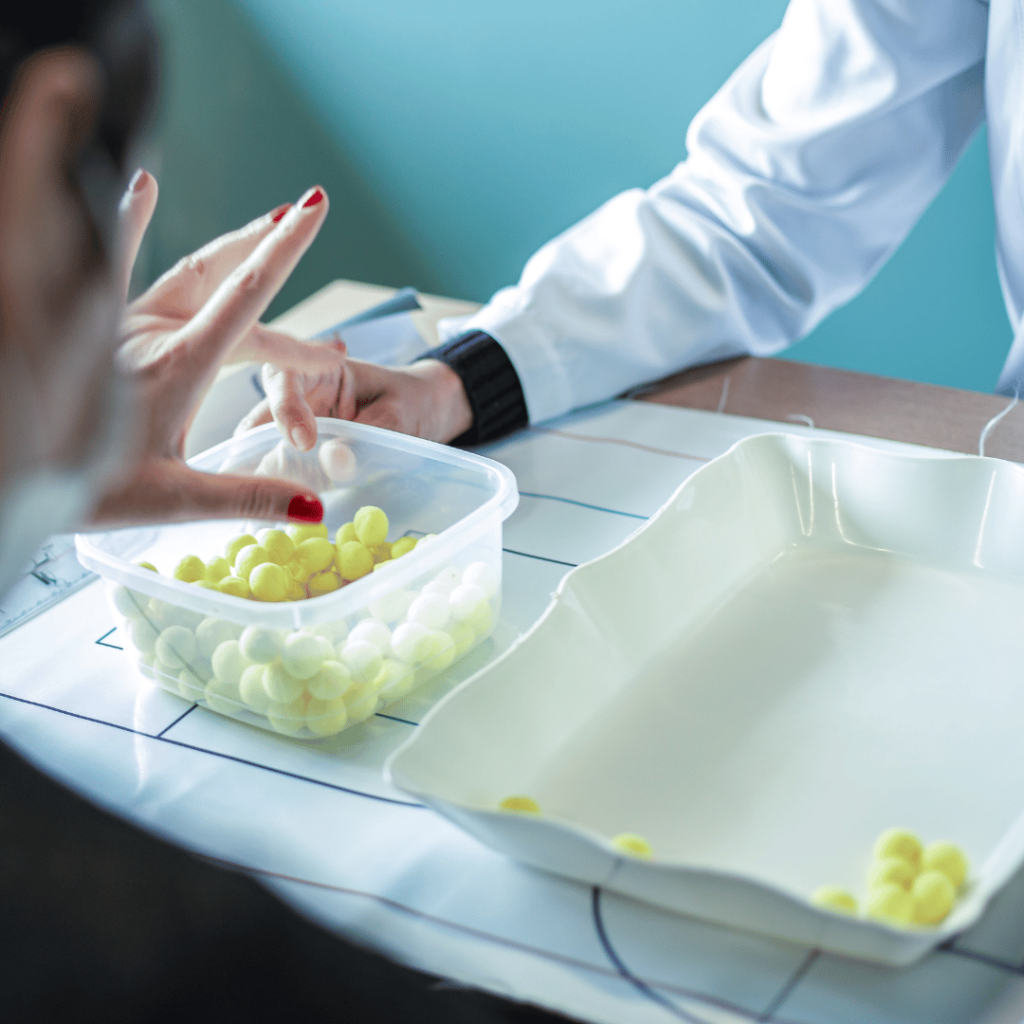
Why does a stroke recur? Can someone who had a stroke have another?
The likelihood of having another stroke for someone who has already experienced one is quite high. Yes, a recurrence is possible, and more common than you might think. Therefore, it’s essential to change habits and take preventive measures to avoid another incident. A stroke can happen to anyone, regardless of age. If you’ve had a stroke, there’s a real risk of having another. It’s crucial to understand the cause of the first stroke to prevent the next one..
Stroke is the second leading cause of death and disability worldwide.
For those new to this article, the Prosense Clinic is a national leader in rehabilitation for neurological injuries and problems. Our highly specialized multidisciplinary team is equipped with advanced technology and instruments to accelerate your independence and rehabilitation. Welcome and enjoy your reading!
In 2016, it was estimated that there were nearly 260,000 stroke cases and approximately 107,000 deaths. Globally, stroke is the most prevalent neurological disease requiring rehabilitation, affecting 86 million individuals with disabilities.
More than two-thirds of individuals after a stroke receive rehabilitation services post-hospitalization. Despite the development and support of stroke centers and national societies in Brazil to raise awareness of stroke symptoms, only a minority of these acute-phase patients receive thrombolytic therapy or thrombectomy. Mechanical thrombectomy is a procedure that involves clearing the cerebral artery with a catheter that carries an endovascular device, a stent, or an aspiration system, to remove the clot from the brain vessel.
Stroke rehabilitation varies across Brazil, depending on socioeconomic conditions.
Consequently, many survivors have residual functional deficits. Stroke rehabilitation varies across Brazil, depending on socioeconomic conditions.
In major urban centers, patients are referred to rehabilitation centers upon discharge; however, in most of the country, stroke survivors have few opportunities to begin or continue rehabilitation after the acute phase. This data is not available in Brazil and was evaluated by the Rehabilitation Access Study in 17 public health centers in northern, northeastern, western, southeastern, and southern Brazilian cities. Therefore, effective rehabilitation for stroke patients remains an essential part of continuous care.
To continue post-stroke treatment, Prosense Clinic’s interdisciplinary team is committed to excellence, specializing in stroke treatment.
How to Prevent Stroke?
Approximately 80% of strokes have known causes linked to preventable factors, known as modifiable risk factors.
Modifiable risk factors include:
–> High blood pressure
–> Diabetes mellitus
–> Obesity
–> Poor lipid profile
–> Atrial fibrillation
–> Structural heart disease
–> Carotid artery stenosis
–> Lifestyle factors (healthy diet, physical exercise, smoking, alcohol consumption, etc.)
Non-modifiable risk factors include:
–> Age
–> Race and ethnicity
–> Gender (higher risk for men, but this trend diminishes after age 80)
–> Family history (especially of cerebral artery disease)
–> Genetic risk factors (e.g., hypercoagulable states, sickle cell disease, cerebral amyloid angiopathy)

A critically important modifiable risk factor directly linked to rehabilitation is regular physical activity. Exercise helps reduce other risk factors like high blood pressure and elevated cholesterol and is a component of neurofunctional physiotherapy therapeutic approaches, aiming to prevent stroke recurrence.
The focus on prevention should relate to modifiable factors. Prosense has an interdisciplinary team of excellence, specializing in stroke treatment, ready to answer questions and provide individualized care.
The Importance of Neurofunctional Rehabilitation After Stroke
Rehabilitation is an active change process where individuals with disabilities acquire the knowledge and skills necessary for optimal physical, psychological, and social function.
Recovery measures the extent to which bodily structures and functions, as well as activities, return to their pre-stroke state.
The rehabilitation process involves leveraging and optimizing recovery processes, enabling stroke survivors to lead active, independent lives in society. Start your rehabilitation process at Prosense Clinic.
Hear Real Stories | Watch video testimonials from Prosense patients.
Prosense
This was the first study demonstrating the effect of NIRVANA on individuals post-stroke with severe deficits. It showed that the group undergoing NIRVANA treatment had cognitive improvements in attention, visuospatial memory, and improved trunk and upper limb mobility. At Prosense, we have NIRVANA equipment as a resource for your treatment. Schedule an evaluation with us to receive top-notch rehabilitation focused entirely on your functional goals.
Prosense Clinic is a national leader in treating stroke-related injuries and sequelae. Our commitment extends beyond clinical excellence to comprehensive family support throughout the recovery process. We believe in the importance of a multidisciplinary approach, offering specialized services in intensive neurofunctional physiotherapy, speech therapy, and occupational therapy.
We also offer a range of modern techniques and imported equipment to ensure the highest standard of care. At Prosense, we believe the recovery journey is a shared experience, and our team is here to provide all necessary support not only to the patients but also to their families.
Hear Real Stories | Watch video testimonials from Prosense patients.
Walkaide electrical stimulator
The Walkaide is used to enhance walking ability by stimulating the lifting of the foot at the correct time during the gait cycle. Foot drop occurs when a person is unable to actively lift the foot, resulting in the foot slapping the ground or the toes dragging during walking.
Transcranial Magnetic and Electrical Stimulation
Both are non-invasive techniques that, when integrated into neurofunctional rehabilitation (including physiotherapy, speech therapy, and occupational therapy), can enhance and accelerate recovery, improve quality of life, and enable patient independence.
Virtual Rehabilitation (NIRVANA)
is a virtual rehabilitation system that allows full immersion in a realistic work environment without the need for external devices that might limit or alter the freedom of interaction. While using Nirvana, patients can move naturally and interact directly with the virtual environment through their movements.
Peripheral Neuromodulation
is a non-invasive technique that can stimulate the transmission of nerve information in a specific body region. These are some of our recommended treatments for stroke, but the specific treatment plan will depend on a thorough initial assessment. Contact us now to start your treatment.
Is this your first time on our site?
The Prosense Clinic is a national leader in the rehabilitation of injuries and neurological problems. We bring innovations from around the world and provide the excellence you deserve! Schedule an assessment via WhatsApp or by phone: (11) 5199-9033 | (31) 3088-2135.
Prosense Director:
Dr. Michelle Coutinho Atherton
Founder – CEO – Neurofunctional Physiotherapist
Master in Neurology, UFMG
CREFITO: 118113F
Reference
DOI: 10.1590/0004-282X-ANP-2021-0354
PMID: 29262078
DOI: 10.1097
